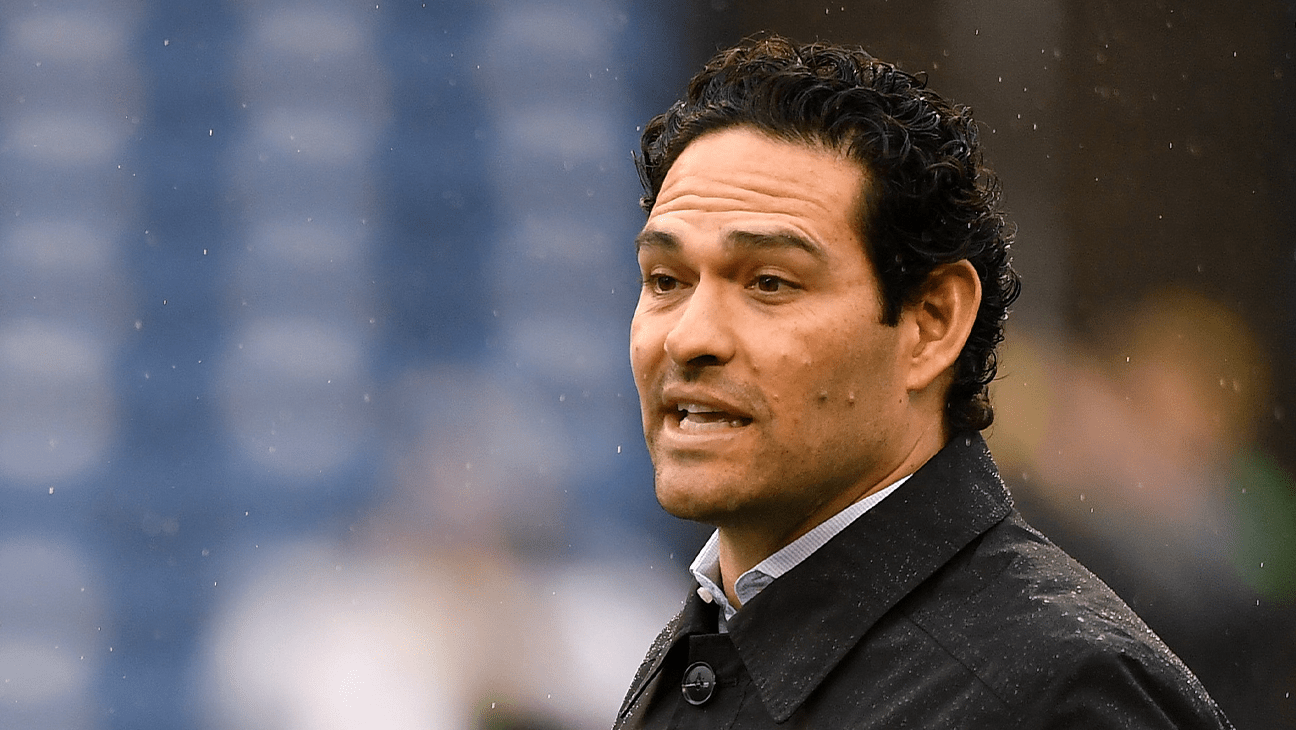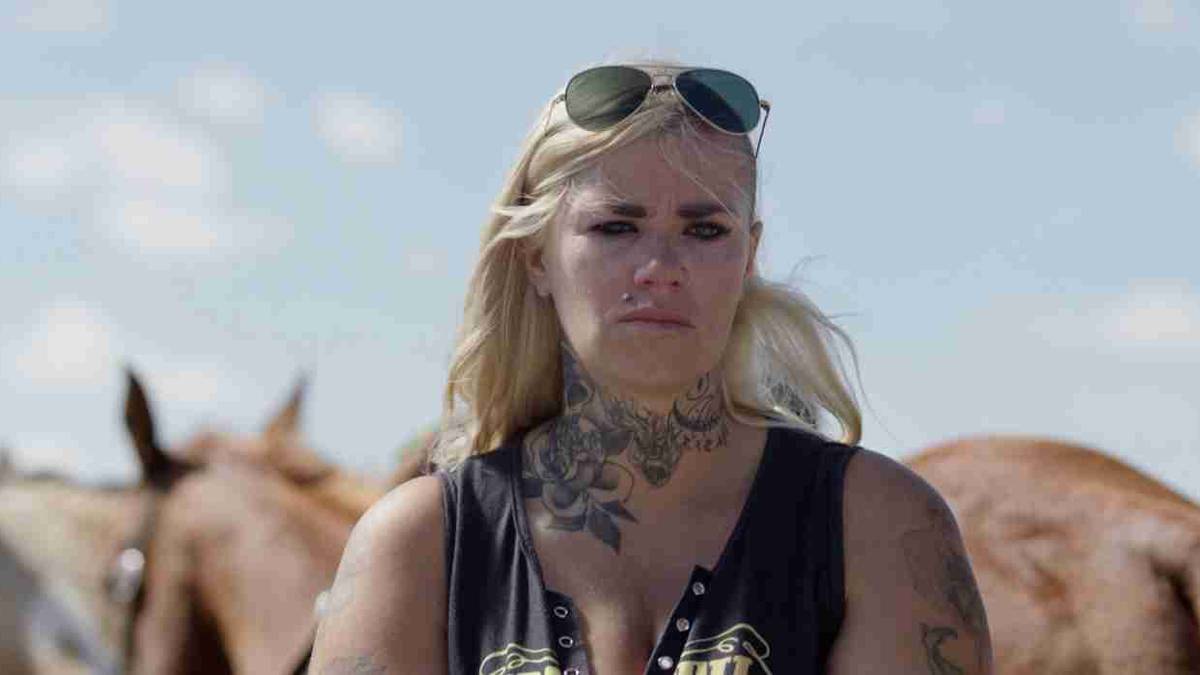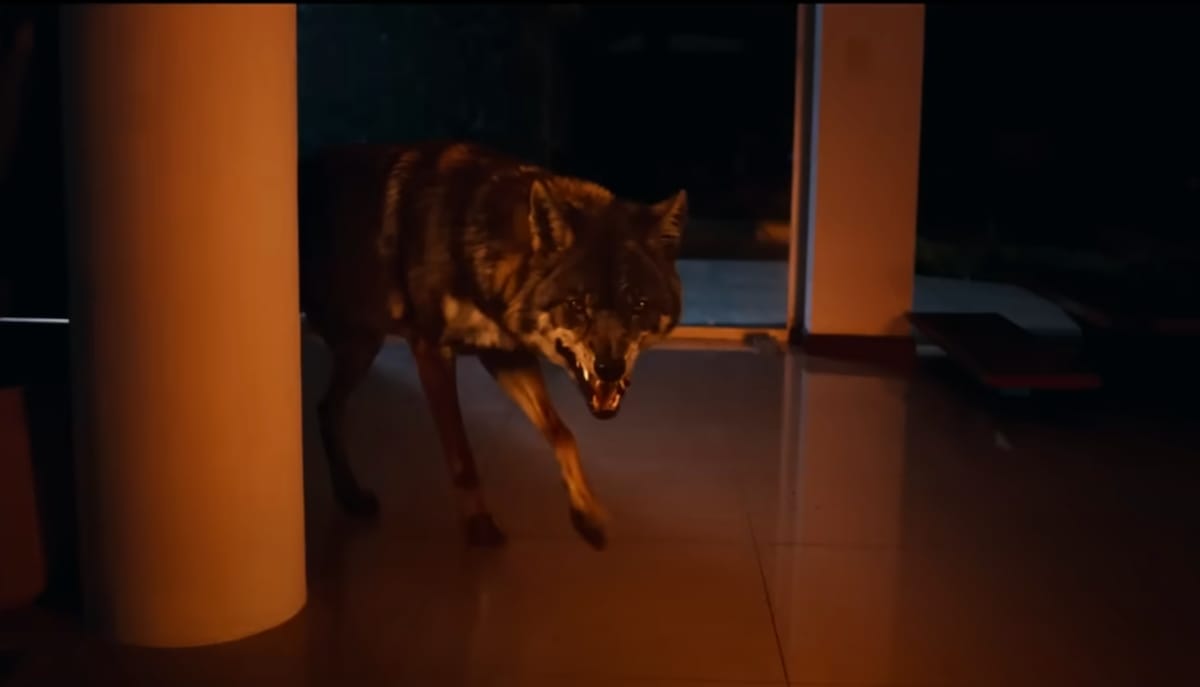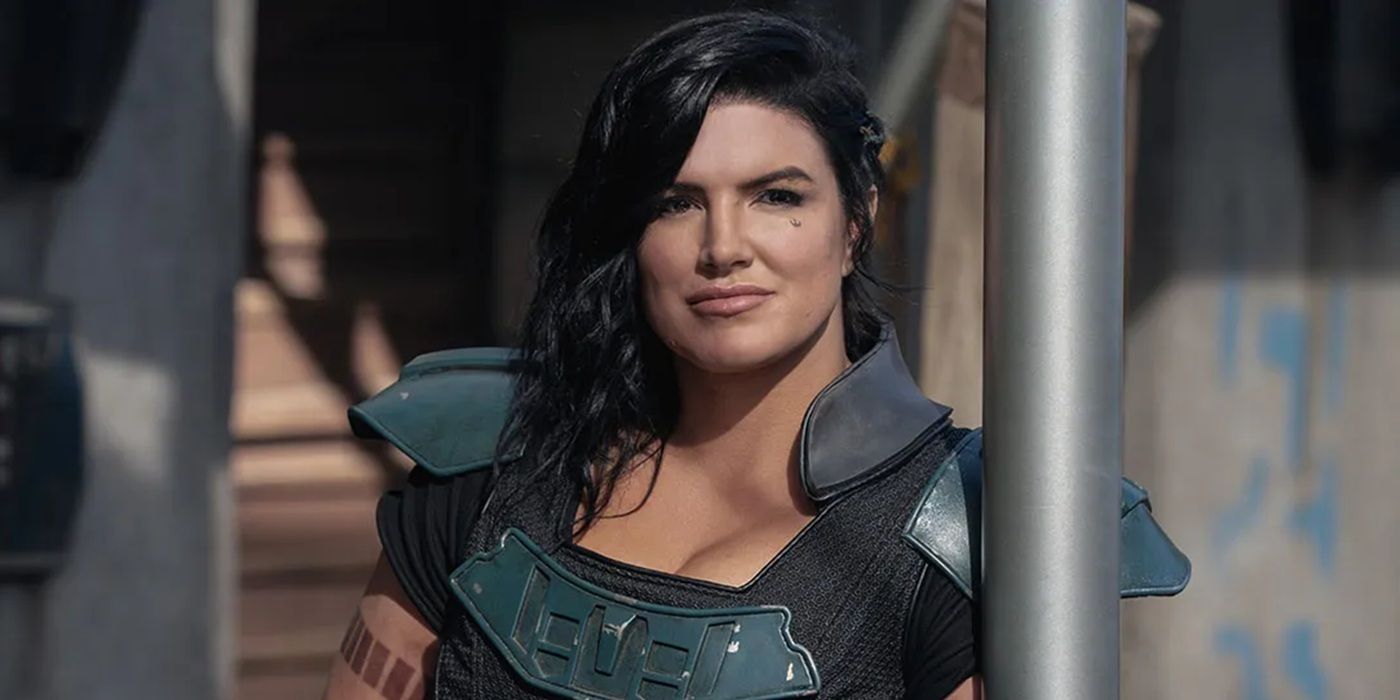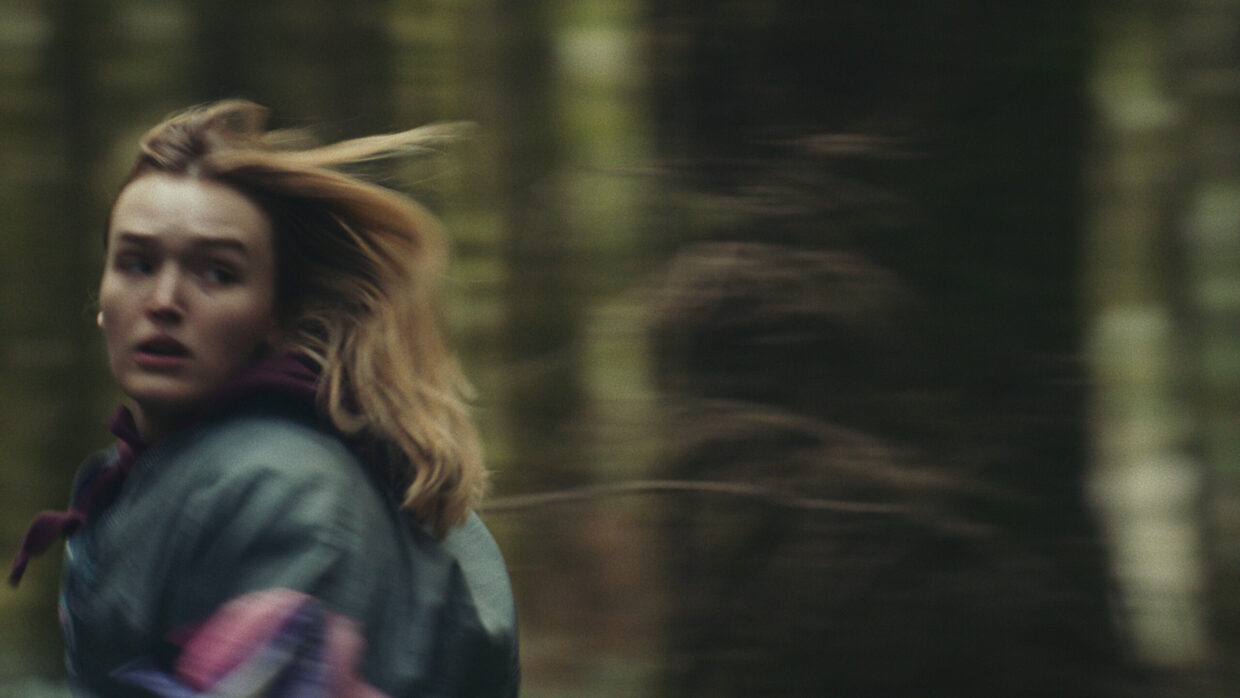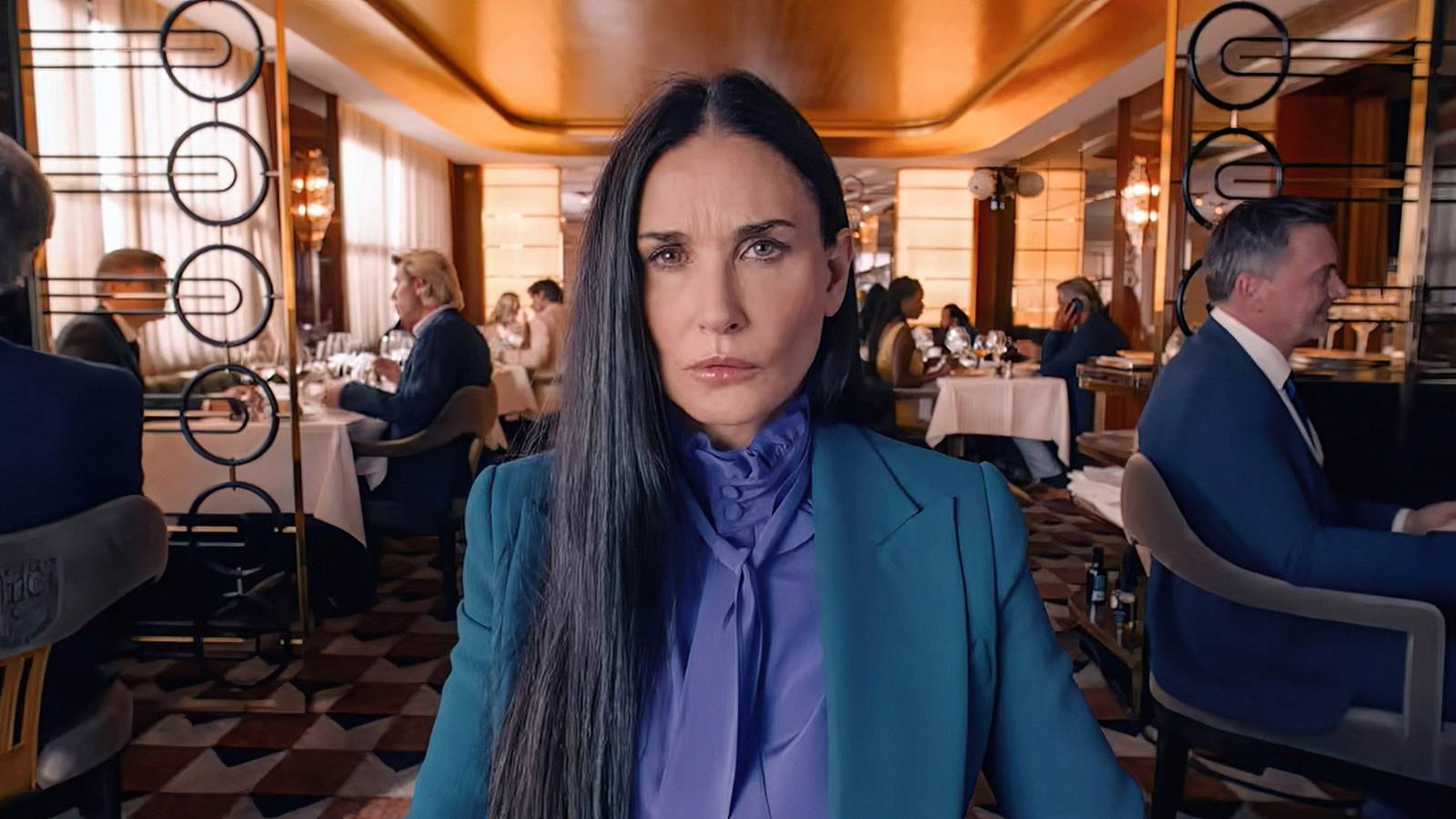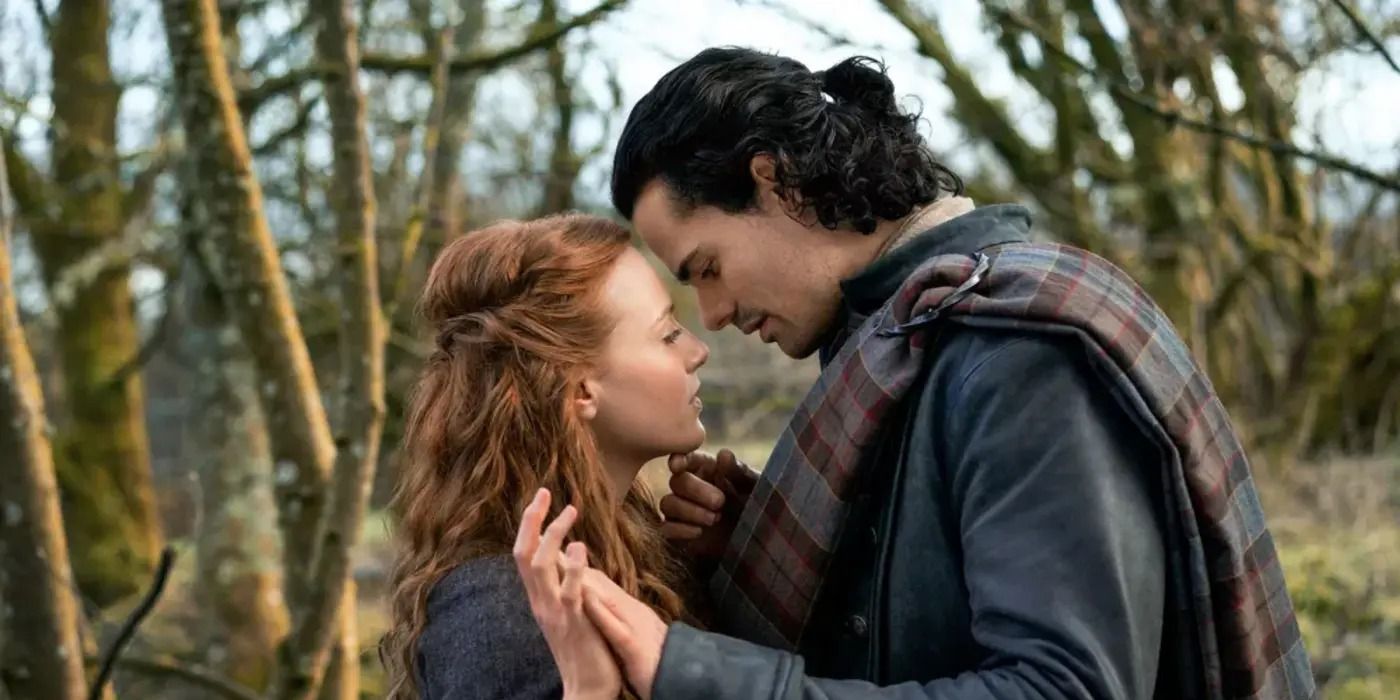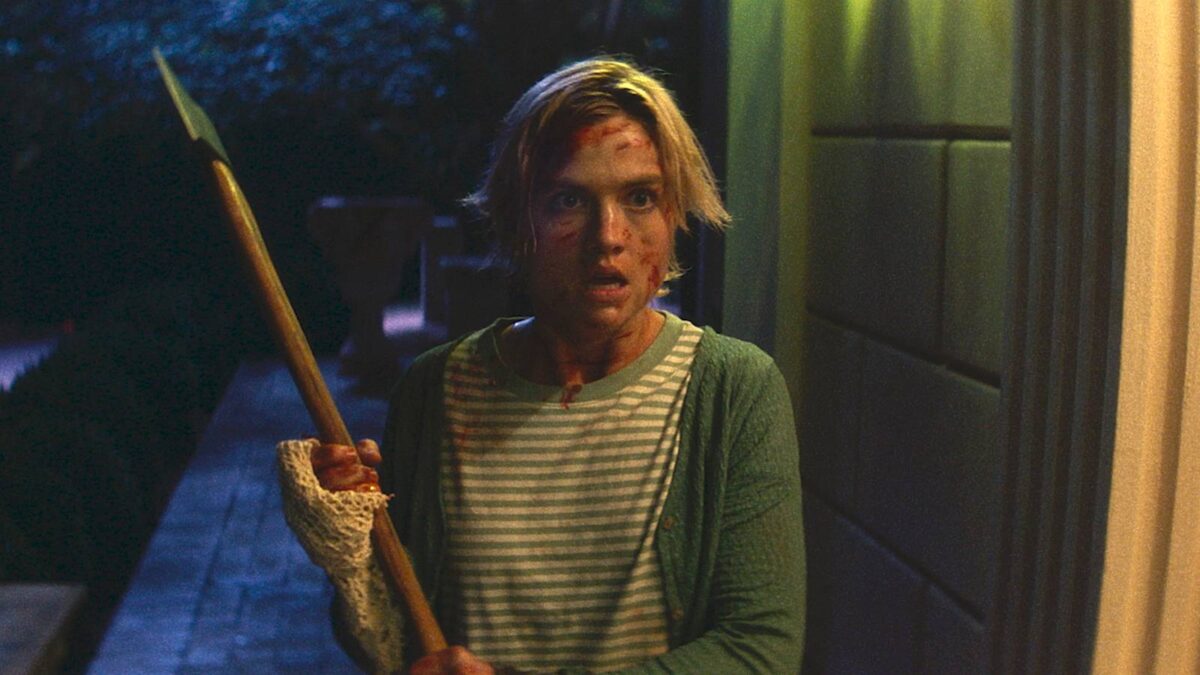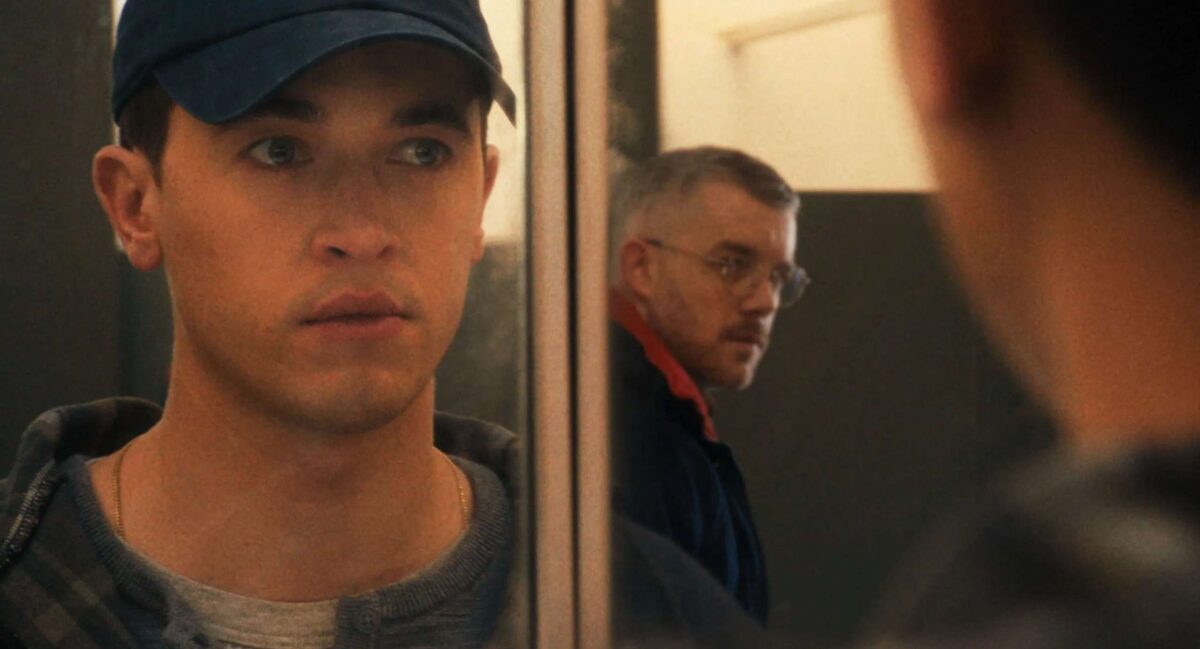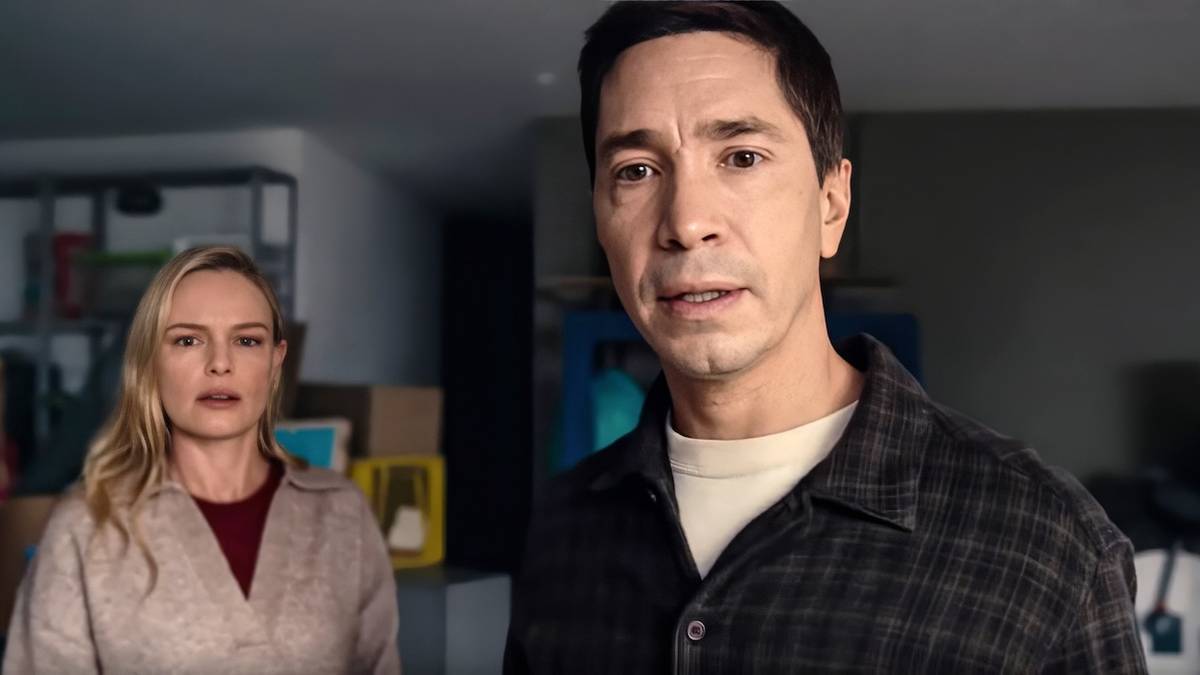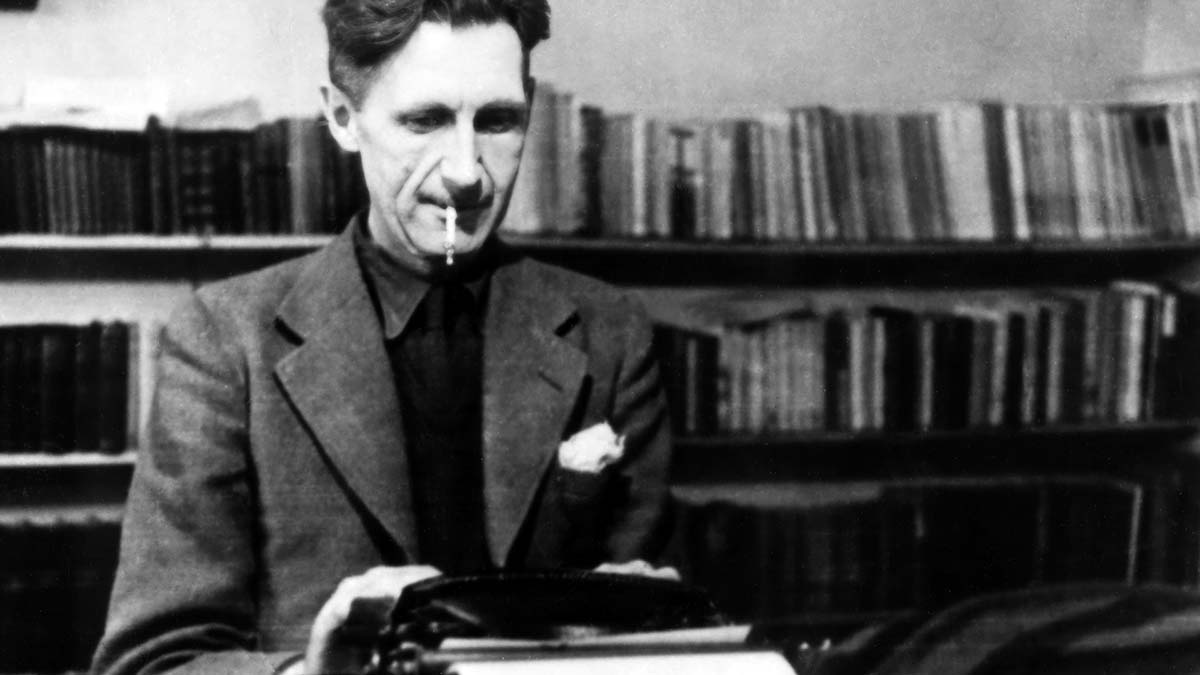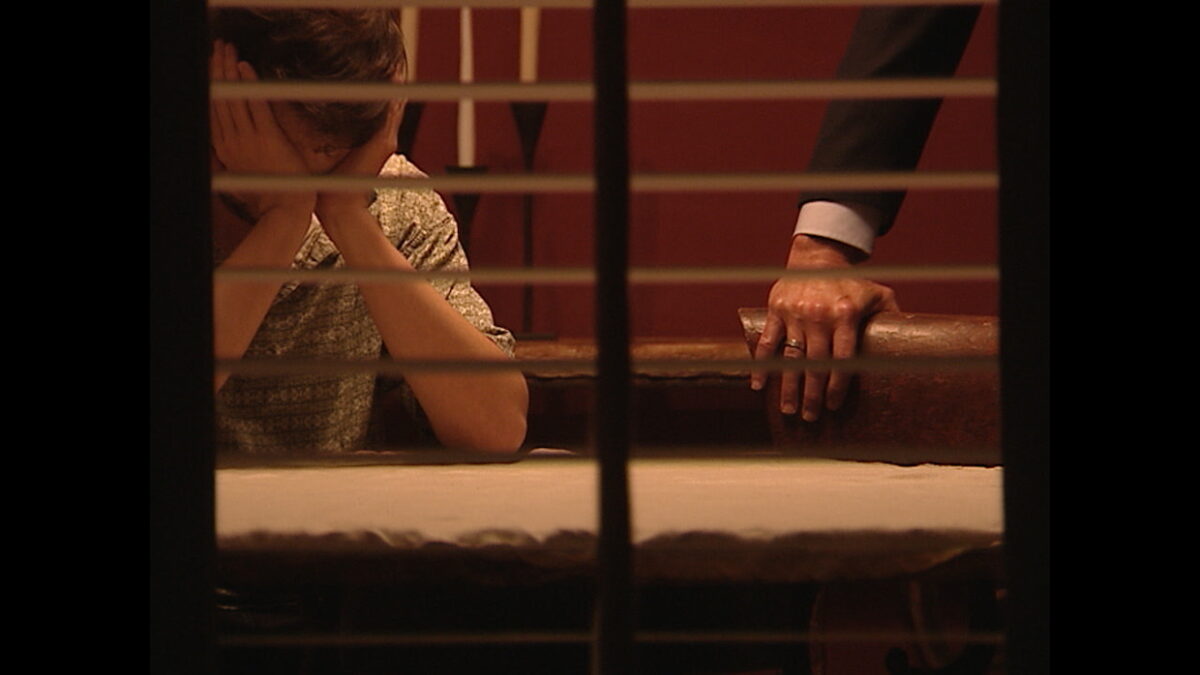
Interview: David Osit on Predators
Sep 21, 2025
Predators
In Predators, three-time Emmy-winning filmmaker David Osit’s new documentary, the titular descriptor applies to multiple people: the pedophiles who found themselves the target of popular NBC sting series To Catch A Predator (2004-07), but also the makers of a show which packaged disturbing subject matter into mass entertainment while feigning moral superiority, the slapdash copycat series that have sprung up in its wake and the undiscerning audience for all of these.
Osit divides Predators into three chapters. The first uses To Catch A Predator clips, chat logs and phone calls to build an introduction to the show, in which men who’ve been talking to “minors” online—actually baby-faced young-adult decoys hired by the production—arrive at a house to meet them, only to be ambushed by host Chris Hansen inside, and police waiting outside. The chapter culminates with unnerving unaired footage of the series’ final episode, during which one of its targets, a Texas district attorney, committed suicide following a 2006 sting. The second chapter looks at new-age Hansen imitators, such as YouTuber Skeeter Jean, who has 2.2 million subscribers, and forgoes ethical and journalistic rigours to capitalize on the monetary allure of modern predator-hunting, making lofty promises to sting targets that he clearly lacks the authority to keep. “You’ve been skeeted,” is his absurd catchphrase, delivered completely straight-faced, punctuating his subjects’ humiliation. An interview with Hansen himself forms the spine of the third act, and the difference between his perception of himself and how audiences will have come to view him by the end of this documentary is stark.
Along the way, Osit’s personal reasons for digging into the show gradually become clearer, adding a wrenching clarity to a documentary that stirs up complex, conflicting emotions towards its subject matter. The director, who was also one of Predators’ editors and its cinematographer, spoke about his relationship to the show, interviewing approach and decision to put himself into the film. This interview contains spoilers.
Filmmaker: You’ve spoken about being disappointed by To Catch A Predator when you watched it at a young age. What made you want to return to it and when did you see documentary potential in the subject?
Osit: It’s actually the opposite. When I was younger, I was entranced by the series, like a lot of people were when it aired. It was like nothing anyone had ever really seen before. It had this flavor of Cops and other salacious reality TV emerging around that time, but also this complicated emotional context of watching the worst day of someone’s life and feeling like you knew things they didn’t, like what was about to happen to them. It was chaotic, but in this remarkable way that was hard to explain. Unlike Cops, which was so obviously entertainment, To Catch A Predator was couched as a piece of journalism. People watched it, partly as a public service, and found schadenfreude, shock value and humor within that. It was much later in life that I began to find something worth interrogating about this show, but when it first came on I watched it, like many other teenagers did, with this mix of amazement and horror.
Filmmaker: In the documentary, though, you do mention that you kept looking for the answer to a specific question—why these predators acted the way they did—motivated by your own experiences with child predation. When the show couldn’t provide an answer, it disappointed you. Did that factor into your decision to revisit it?
Osit: Not at all, actually. I thought about the show very fleetingly as the years went on, wondering what had happened to it and how it ended, and I’d read an article or two about it, but I never thought there’d be a film to be made about it that wasn’t just another salacious true-crime story. Discovering its online fandom was really revelatory to me. I found a small and passionate community of people who’d been working for two decades to do all the archival research they could possibly do—find all the missing footage, all raw material, doing FOIA [Freedom Of Information Act] requests. They were acting as archival researchers and creating this fan community of people who would post about things like what their favorite predator was. Seeing the joy that people were still taking from the show, but also seeing the footage they were simultaneously posting, was the emotional hook for me.
I would watch this raw footage and be completely amazed at the difference in emotional reactions I was having to it versus the edited show. To Catch A Predator is cut like a comedy, even if a dark comedy, but the raw footage is like watching slow cinema. You’re inside austere rooms with a locked down camera. It feels very different when you’re watching unedited footage—just the progression, which can sometimes take over an hour, of someone realizing this is the worst day of their life. It was really staggering to think about it in contrast with the edited version of the show. I was thinking, “This experience I’m having of feeling bad for these guys and feeling disgusted by them and going back-and-forth, I wonder if I could portray that in a movie.”
Filmmaker: That’s something I’d wanted to ask you about—your reaction to the archival material and what it was eventually shaped into, especially in the context of you being a longtime editor yourself. What was that like with the disquieting Texas footage?
Osit: The Texas material was actually when I first understood that there was a movie to be made, and one that I would want to make. I watched this unedited material from the show that no one had really seen before. The original episode had maybe 30 seconds of it, but here I was with five cameras shooting seven hours of footage of this very intense moment, one of the show’s final episodes in which one of the men who was caught ended up committing suicide. The cameras were outside his home filming as it happened. This material was one of the first things I’d cut with editor Erin Casper, who’s just wonderful. I gave her the footage and didn’t tell her what I was doing with the film, what else I was exploring, what other angles I was taking, what other interviewees the movie had or what was taking place in the present day. I just asked her to cut it into a 15 or 20-minute-long true-crime movie. Watching it back, I wanted to give you the experience I was having—that’s always what I’m thinking as an editor. The audience doesn’t have the time to watch dailies, so how could I give them the experience an editor has, of being emotionally connected to something you’re seeing?
Filmmaker: Were the chat logs and the calls between the predators and decoys also material you found on the fan forum?
Osit: So much of it was floating on message boards. The first seven minutes of Predators [footage from a To Catch A Predator sting] is taken from YouTube. The show is widely available and has a strong life. Often when you’re scrolling YouTube, it’ll come up on the side of your screen. The algorithm will show you an episode with 15 million views. Especially now, with the advent of modern-day predator hunting, which is such a big part of the film, it’s more ubiquitous than ever. These modern hunters are more popular than the show ever was.
Filmmaker: For me, the show’s hiring of young adults to pose as children and lure in these predatory men did feel exploitative on some level, particularly since many of them are still grappling with the psychological fallout years later. In an interview, however, you’d said “exploitative” was a “red flag” word you tried to avoid. Could you explain?
Osit: I don’t remember saying that. You can use whatever words you want to use to describe the show—part of what’s interesting is that everyone has their own experience watching To Catch a Predator and will have their own experience of watching this documentary. Everyone has their own calcified sense of right and wrong and what’s okay and what’s not. By virtue of that, we also have a sense of how far our humanity can extend and how far we can consider other people’s humanity based on their actions or who they are or what kind of illnesses they have.
We all have our own line in the sand, and the Charlie Kirk thing shows that. There are people who will not ever be able to be sad for this man’s family because of his ideologies and rhetoric, and there are some people who are insisting on a human life being worth a human life, and then that gets caught up in the idea of what he said about which human lives were equal, so we get into a mess figuring out what our lines are. If you feel like the show is exploitative, you’re within your rights to say so. It’s totally valid. There are many ways in which the show uses the worst days of peoples’ lives to generate entertainment. What I would invite people to consider is that that’s also a feature of other forms of non-fiction filmmaking or journalism, even if it has a reportedly higher moral compass than To Catch A Predator. One thing I tried to interrogate in the documentary was the definition of what a predator is, and it’s not far-fetched to say there are types of journalism and documentaries that are also using peoples’ lives and stories and “exploiting” them for the sake of narrative. It depends on whether you agree with the narrative or not as to whether it’s exploitative or not.
Filmmaker: “We make TV, and we point the cameras at something, and the trauma continues,” is something you say in Predators. How did you navigate this documentary then, given its potential to re-traumatize some of the participants?
Osit: Being adjacent to a lot of ickiness and a lot of concern, I did wonder if what I was doing was inviting trauma back into people’s lives, and I reflect that in the movie. I’m ultimately proud that the final film has been well-received by the people in it. I’ve shown it to them and they’ve been grateful. There’s something cathartic and powerful in sharing your story, in doing the thing you’re most afraid of sometimes. I can speak from personal experience on that. There are times when being able to speak about something on camera can be weirdly meaningful, especially if it’s something you’ve been running from, or hiding, or that you’d put into a box. That’s ultimately the strange double-edged sword of the work that I do. I wanted to make the film to analyze a little bit of what that felt like. All of us filmmakers, especially non-fiction filmmakers, are trading in people’s stories to a degree. It’s really just a matter of how we try to comport ourselves, with good intentions, and whether we can do that while in conversation with the people we’re working and filming with. That’s what I feel most passionate about advocating for.
Filmmaker: Your interviews with YouTuber Skeeter Jean and then Chris Hansen himself are incredibly revealing in terms of how they both see themselves and what they’re doing. Jean bluntly justifies his YouTube revenue from the stings by comparing himself to a detective earning a salary for his work, Hansen insists he “does this for a higher purpose.” What was your approach to building that trust, and having those conversations?
Osit: My approach was always quite sincere and honest. I told them both I was interested in the work they were doing, I told them why I was interested and then asked them to tell me more about how they arrived at where they were. I’ve found in my career that the best way to get honesty from people is to give honesty and share a genuine interest. I told them why I was making the documentary, what I was focused on and how I really felt about To Catch A Predator and modern predator-hunting that you see online. Getting access wasn’t some sort of Machiavellian deception, it was just extending the same sort of curiosity that Chris would extend when he’d talk to people: “Why are you here? Why are you interested in doing this?” I was never interested in punching down. I really wanted to give everyone an equal floor to stand on, and at times maybe that looks like an equal amount of rope. But I really meant it as an equal platform for everyone to represent themselves in the film. I tried to let everyone have a fair say, to express where they were and why they did what they did.
Part of the experience of Predators is the audience having to be confronted with their own feelings of whether they agree to disagree with somebody. That’s what’s more unpopular these days—an audience struggling to determine how they feel. We’re very used to watching documentaries that just tell us how to feel, from frame one till the last one.
Filmmaker: You often utilize a wide shot to peel back the construction of a particular setting, depicting the mics and overhead lighting. In one shot, you can see a camera reflected in the mirror behind the interviewee. Was this though a way of reminding people that this too is a construct, a narrative being built much like To Catch A Predator?
Osit: It’s funny because that’s the modus operandi of every streaming documentary in the past 10 years. They, almost by congressional mandate, have to have some meta component. [Laughs] So, the irony was that I couldn’t go too far in showing you the set and its construction because if I went too far, I would tip the film into a whole new language. What actually evolves over time in the movie, and was very intentional, was my voice and character. There’s a very mathematical approach to how I reveal, more and more, the idea that there is a creator of this movie. That’s what’s ironically often missing from these streaming documentaries that have all this set stuff, but without a director or other people. They remind you that this is a movie, but for no reason at all. [Laughs].
I wanted people to realize that there was a person who had an intent behind the construction of the movie. It almost never happens anymore. Most documentaries are made by an anonymous righteous figure, and you’re right as the audience, because you’re watching the film. You’re imbued with moral authority because you sat down in a massage chair and you’re going to enjoy the experience of marinating in your own anger at what you’re seeing onscreen or in how righteous you feel because you’re so convinced that what you’re looking at is wrong. As a filmmaker who worked on this for two years, I both loved and was tormented by having my opinion change so much. And I wanted to torment my audience.
Filmmaker: You do put yourself in a position where you’re extremely open and vulnerable about your own life and experiences with child predation in the film. How did that decision come about?
Osit: It was never the plan. The plan for every film I make was to orbit questions I know there’s no easy answer to so the film itself can be the answer. In asking those questions in this particular film—“Where’s the limit of our empathy?” or “How does it come to be that journalism is entertainment?”—I would get to the conversations of the people I was filming in the three-hour-long assembly cut and be riveted by them. My personal philosophy as a filmmaker is that I always want to be sure of the questions I’m asking, but I’d be a really bad filmmaker if I was sure of the answers I wanted. Because what journey can I then go on? And if I don’t go on a journey, how can I expect my audience to? I would see these moments in the film when I would slowly become parts of the film’s story and they were affecting and powerful, and they really became these nodes in the edit room. They were like rocks in those zen gardens that I just had to rake around.
Filmmaker: You’ve said that each of your projects are propelled by a question that feels unanswerable. In the last shot of the film, a crew member asks, “You get everything you want?” and you have no response, which feels particularly powerful and tragic in the context of your own experiences and still not having an answer to the question you so badly wanted To Catch A Predator to resolve for you all those years ago.
Osit: I wanted to leave the audience exactly where I was. I genuinely couldn’t think of another thing to say. I know that some people want more because that’s the world we live in. The number of times I’ve done Q&As and gotten asked, “So, how do you solve child predation?” —but it’s not that surprising if you think about it. We watch documentaries thinking they have some answers to these problems. The rest of the world has somehow missed the answer, but this documentary filmmaker with an MFA in film has solved it. [Laughs]. “He’s really cracked the code!” I don’t see that as the work of film. Film isn’t meant to solve problems, it’s meant to create more, and to make you see more problems with the world and where you stand in it. It isn’t designed to make change, but affect people to want to make their own.
Publisher: Source link
Erotic Horror Is Long On Innuendo, Short On Climax As It Fails To Deliver On A Promising Premise
Picture this: you splurge on a stunning estate on AirBnB for a romantic weekend with your long-time partner, only for another couple to show up having done the same, on a different app. With the hosts not responding to messages…
Oct 8, 2025
Desire, Duty, and Deception Collide
Carmen Emmi’s Plainclothes is an evocative, bruising romantic thriller that takes place in the shadowy underbelly of 1990s New York, where personal identity collides with institutional control. More than just a story about police work, the film is a taut…
Oct 8, 2025
Real-Life Couple Justin Long and Kate Bosworth Have Tons of Fun in a Creature Feature That Plays It Too Safe
In 2022, Justin Long and Kate Bosworth teamed up for the horror comedy House of Darkness. A year later, the actors got married and are now parents, so it's fun to see them working together again for another outing in…
Oct 6, 2025
Raoul Peck’s Everything Bagel Documentary Puts Too Much In the Author’s Mouth [TIFF]
Everyone has their own George Orwell and tends to think everyone else gets him wrong. As such, making a sprawling quasi-biographical documentary like “Orwell: 2+2=5” is a brave effort bound to exasperate people across the political spectrum. Even so, Raoul…
Oct 6, 2025
